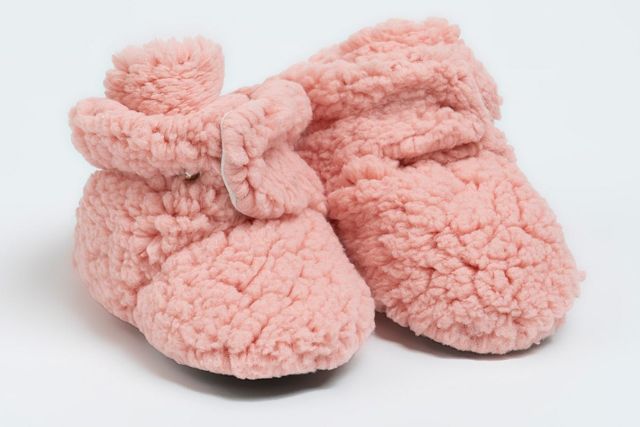Ensuring your baby is comfortable and safe during the night involves finding the right balance between warmth and breathability. Dressing your baby appropriately for sleep is crucial to prevent overheating and ensure a restful night. Here’s a guide to help you determine how many layers your baby should wear at night.
1. Understand the Room Temperature
- Ideal Temperature: The recommended room temperature for a baby’s sleep environment is between 68°F and 72°F (20°C to 22°C). Use a room thermometer to monitor the temperature accurately.
- Adjusting Layers: The number of layers your baby needs can vary based on the room temperature. In cooler rooms, your baby may need more layers, while in warmer rooms, fewer layers will suffice.
2. Choose the Right Base Layer
- Cotton Onesie: A lightweight, long-sleeve cotton onesie or bodysuit is typically a good base layer. Cotton is breathable and helps regulate your baby’s body temperature.
- Thermal Bodysuit: In colder weather, consider a thermal or fleece bodysuit as a base layer for extra warmth.
3. Add an Intermediate Layer
- Sleep Sack or Swaddle: Use a sleep sack or swaddle that provides additional warmth without the need for loose blankets. These are available in various thicknesses, so choose one appropriate for the season.
- Footed Pajamas: Another option for an intermediate layer is footed pajamas made of a slightly thicker material. Ensure they fit well without being too tight.
4. Top Layer Considerations
- Layering for Warmth: If the room is particularly cold, you can add an extra layer like a lightweight fleece or a wearable blanket. Be cautious with layers that could cause overheating.
- Avoid Loose Blankets: For safety reasons, avoid using loose blankets in the crib, as they can pose a risk of suffocation. Instead, rely on sleep sacks or wearable blankets that are securely fitted.
5. Use the Right Sleeping Bag or Sleep Sack
- TOG Rating: Sleep sacks and wearable blankets come with TOG ratings that indicate their warmth level. For colder weather, a sleep sack with a higher TOG rating provides more warmth.
- Breathability: Ensure the sleep sack or sleeping bag is breathable and made from materials that wick moisture away from your baby’s skin.
6. Check for Overheating
- Signs of Overheating: Check your baby regularly to ensure they are not too hot. Signs of overheating include sweating, flushed skin, or a rapid breathing rate. Adjust the layers as needed to keep your baby comfortable.
- Touch Test: A good way to check if your baby is too warm is by feeling their neck or back. It should be warm but not hot. Avoid feeling their hands or feet, as these can often feel cool even when the baby is comfortable.
7. Adjust for Seasonal Changes
- Winter: During colder months, use warmer base and intermediate layers, and consider adding a sleep sack or sleeping bag with a higher TOG rating.
- Summer: In warmer weather, a single layer of a lightweight onesie or short-sleeve bodysuit may be sufficient. Ensure the room is well-ventilated and avoid heavy fabrics.
8. Follow Safe Sleep Practices
- Sleep Position: Always place your baby on their back to sleep, as recommended by pediatricians for reducing the risk of Sudden Infant Death Syndrome (SIDS).
- Crib Safety: Keep the crib free of soft bedding, pillows, and stuffed animals to reduce the risk of suffocation and ensure a safe sleeping environment.
Conclusion
Dressing your baby for sleep requires careful consideration of the room temperature and the right combination of layers to keep them comfortable and safe. Start with a breathable base layer, add an intermediate layer if needed, and use sleep sacks or wearable blankets for added warmth. Regularly check your baby to ensure they are neither too warm nor too cold, and adjust their clothing layers as necessary. By following these guidelines, you can help ensure a cozy and safe night’s sleep for your little one.





Leave a comment
All comments are moderated before being published.
This site is protected by hCaptcha and the hCaptcha Privacy Policy and Terms of Service apply.